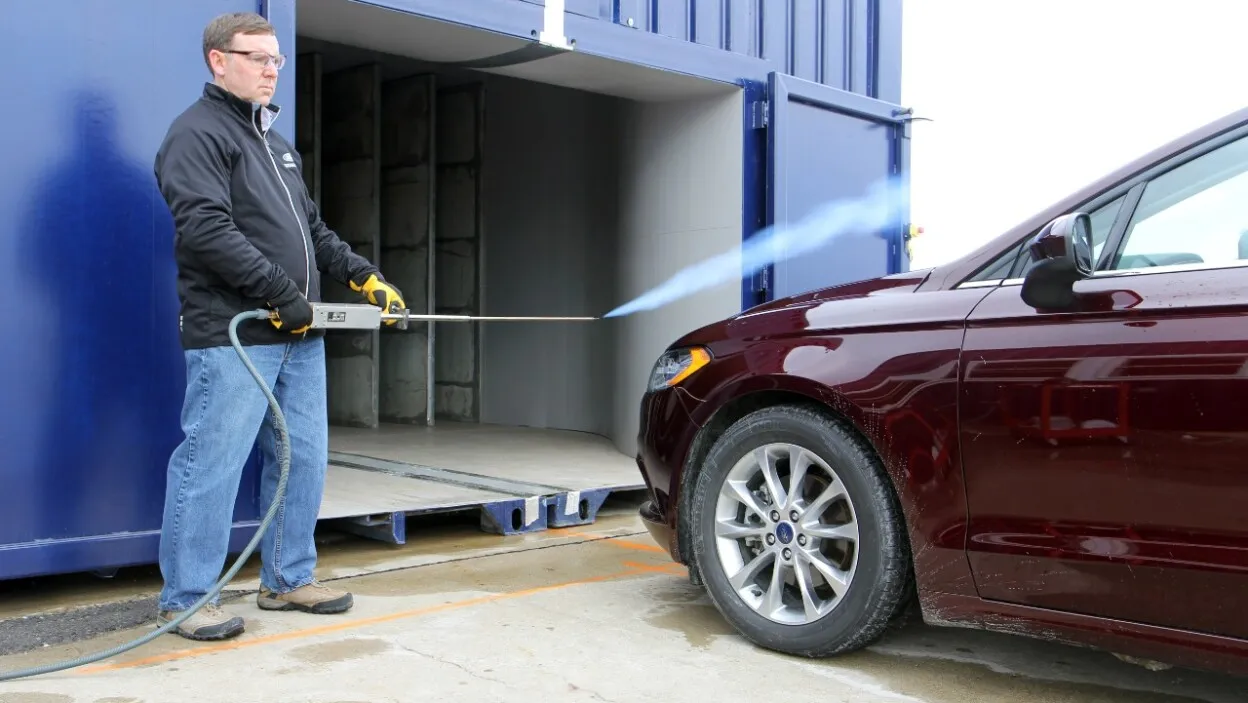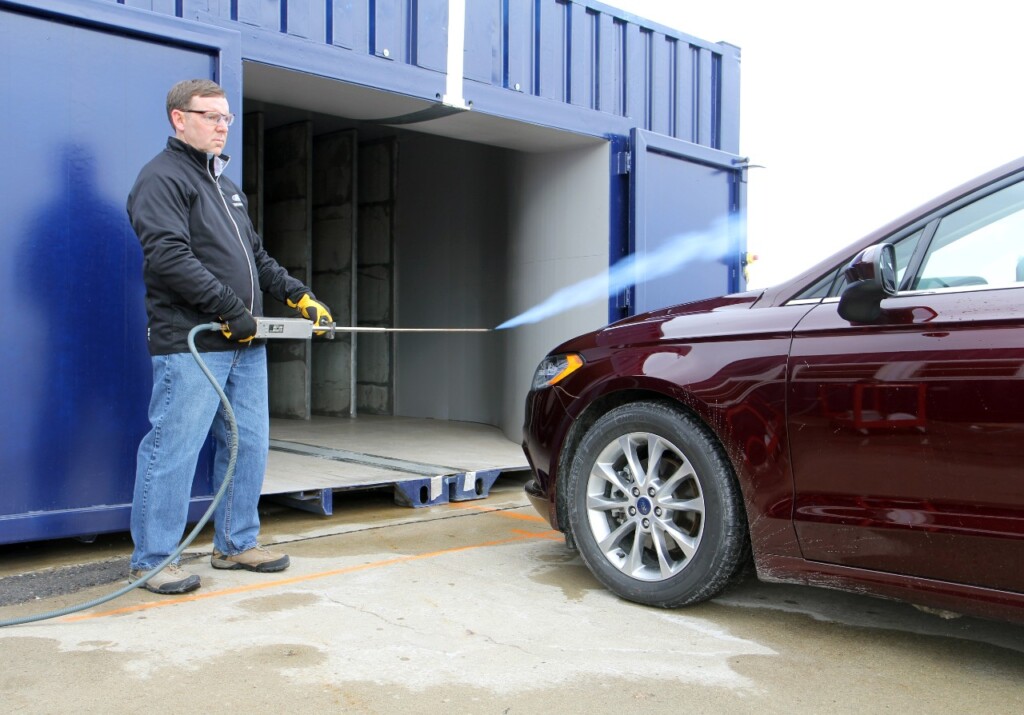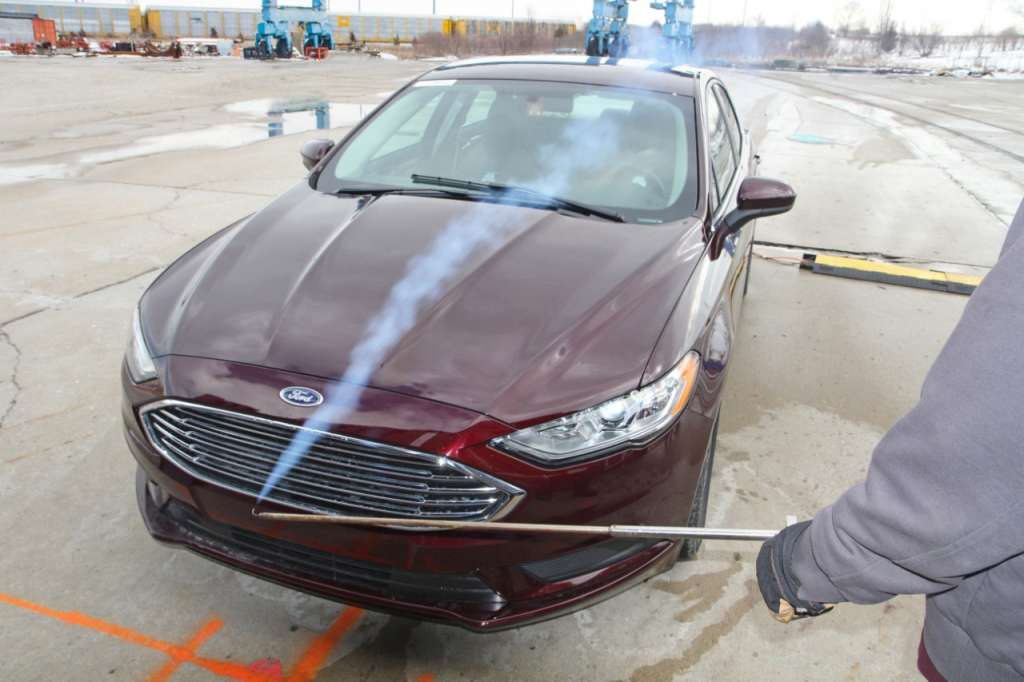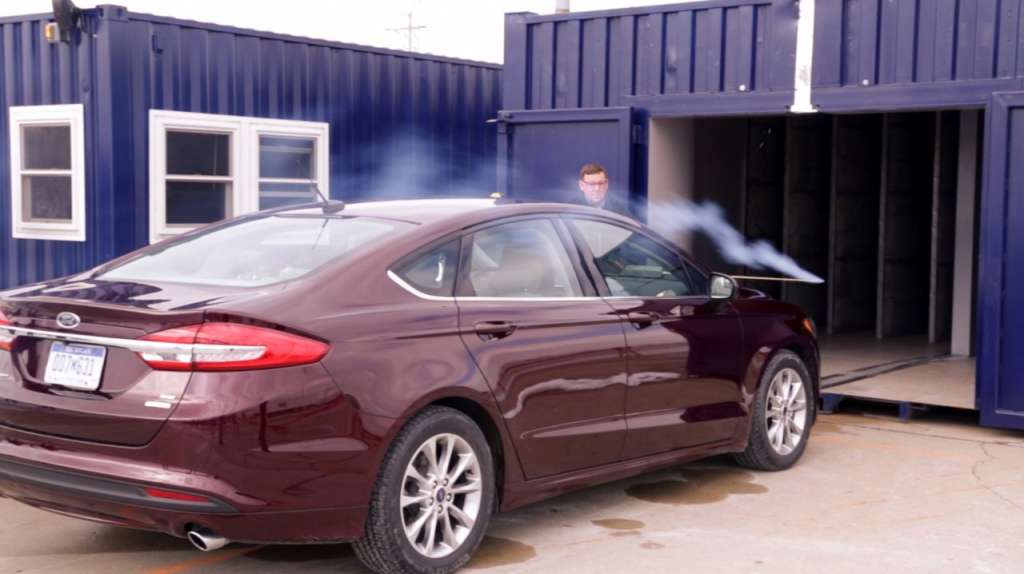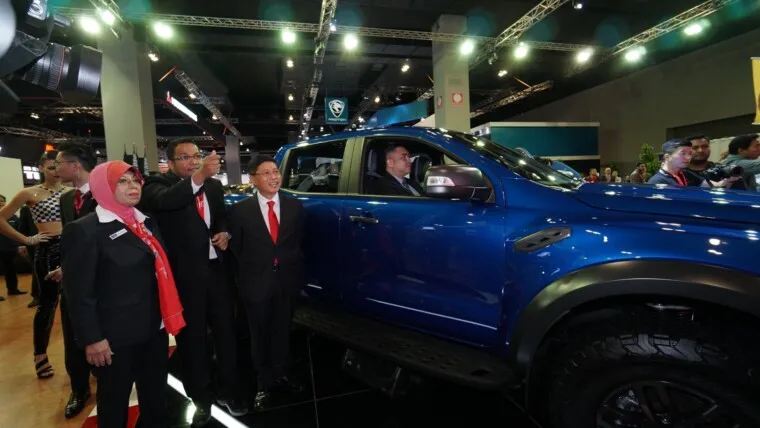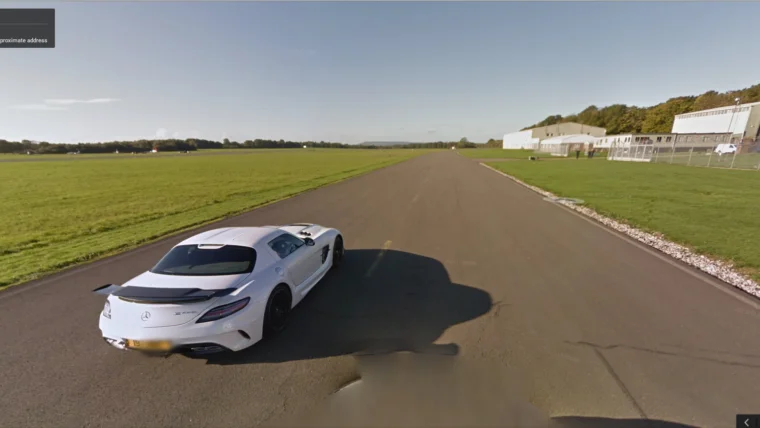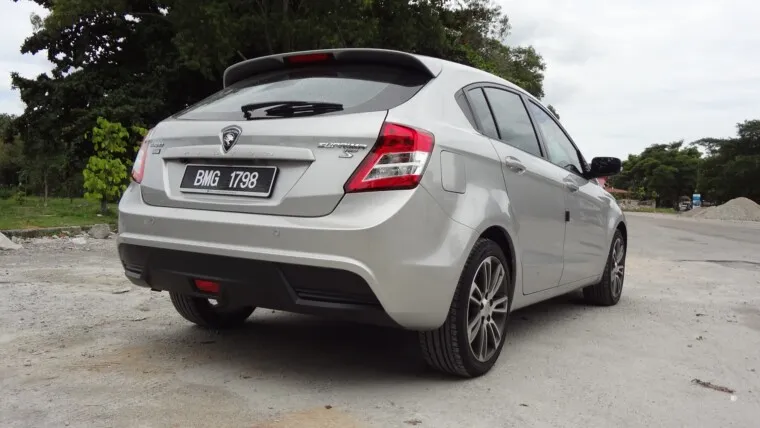A quiet cabin is one of the biggest consideration when looking for a new car. So Ford has come up with a better way to make its vehicles even quieter.
The world’s first fully mobile aeroacoustic wind tunnel is an innovative, patent-pending test system that allows for sources of unwanted wind noise in early production vehicles to be identified faster and solutions developed sooner. In the end, customers drive away in cars designed with a quiet interior.
Ford’s new wind tunnel debuts at Flat Rock Assembly Plant in Michigan – joining a growing fleet of mobile testing facilities including 3 environmental evaluation chambers.
Full-sized aerodynamics labs, such as Ford’s main wind tunnel in Allen Park, Michigan, are outfitted with the latest in sensitive measuring and analysis equipment. These office building-sized facilities are specialized for advanced aerodynamic and aeroacoustic development work on future models, with each facility costing about RM200 million. Due to the specialized instruments and cost, running time for these machines is precious.
Ford’s new mobile wind tunnel costs a fraction of what a full-sized lab costs. Because testing requires only a steady stream of highway-speed wind, many of the large and sensitive instruments of a full aero lab aren’t required. But high-tech, in-cabin sensors like the Aachen head and Noise Vision can still be used.
With an on-site wind noise facility, Ford factories can pull more sample vehicles directly from the line and test them immediately – eliminating the time and complexity of shipping vehicles back and forth across the country.
Issues requiring assembly process refinement can be detected and resolved earlier, since everybody involved is on hand.
Similar in concept to a full-scale wind tunnel laboratory, the heart of the mobile facility is built inside two 53-foot shipping containers. Each includes aeroacoustic vanes and internal ducting to provide smooth, controlled airflow at the nozzle end of the machine, while two 16-bladed, six-foot-diameter ducted fans – each powered by a 250hp electric motor – deliver a maximum blast of 128 km/h wind. A series of doors around the containers ensure the sections remain secure during transport or storage.
The machine consists of the two main containers fastened together side by side on flat, level tarmac. In between, two roll-up doors are lifted, while doors on the front and back ends are opened to create the air intake and outlet nozzle. A third, 40-foot container – housing a small office, power distribution and controls – is placed nearby, and data and power cabling are connected between the containers.
The entire operation can be broken down within a day, shipped to any Ford North American assembly facility via truck, then reassembled at the new site and ready for testing within hours.
Ford’s ability to perform wind noise testing at the plants means its main wind tunnel in Allen Park is now freed up to concentrate on product development work for future models. This can lead to more time spent on each new vehicle, shortened development times and, ultimately, not only quieter cabins, but better fuel economy.

